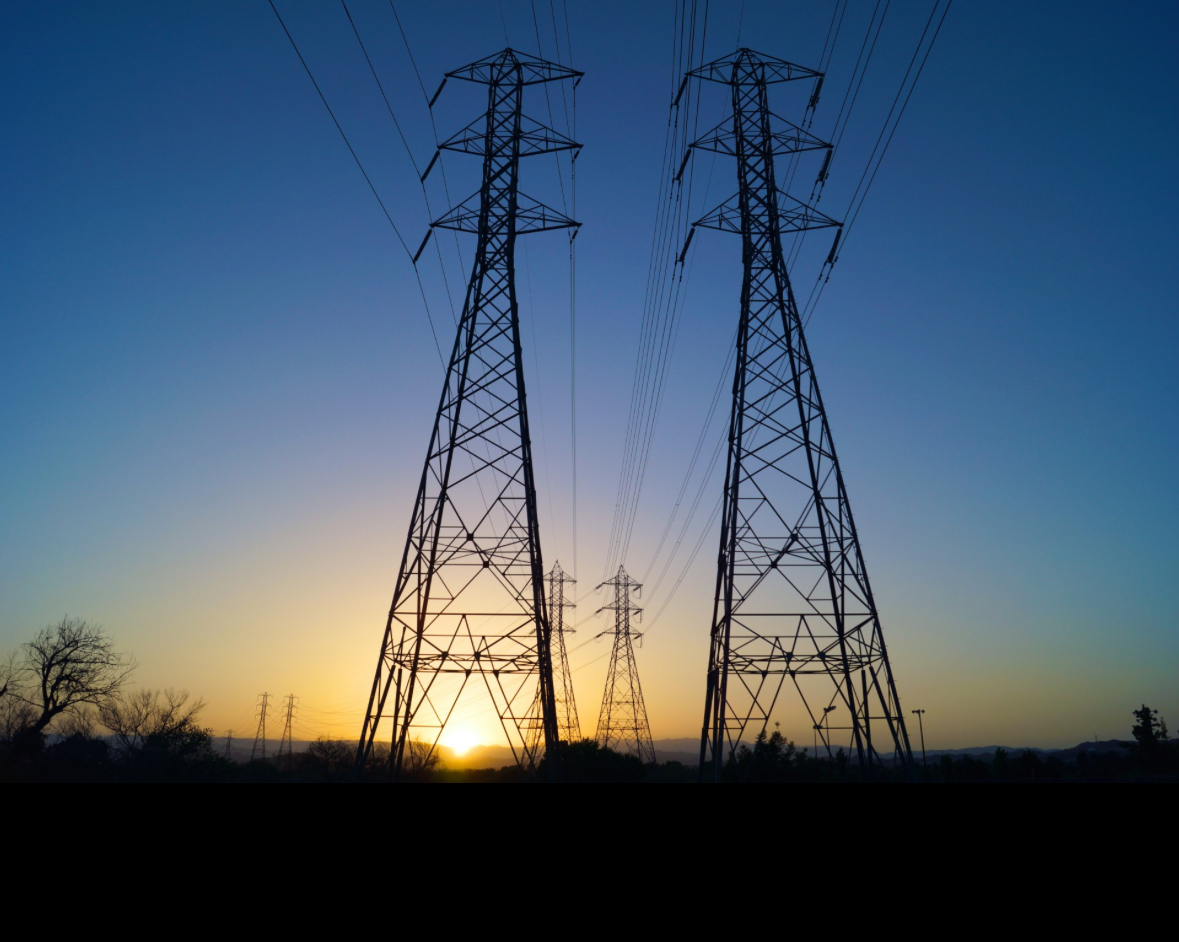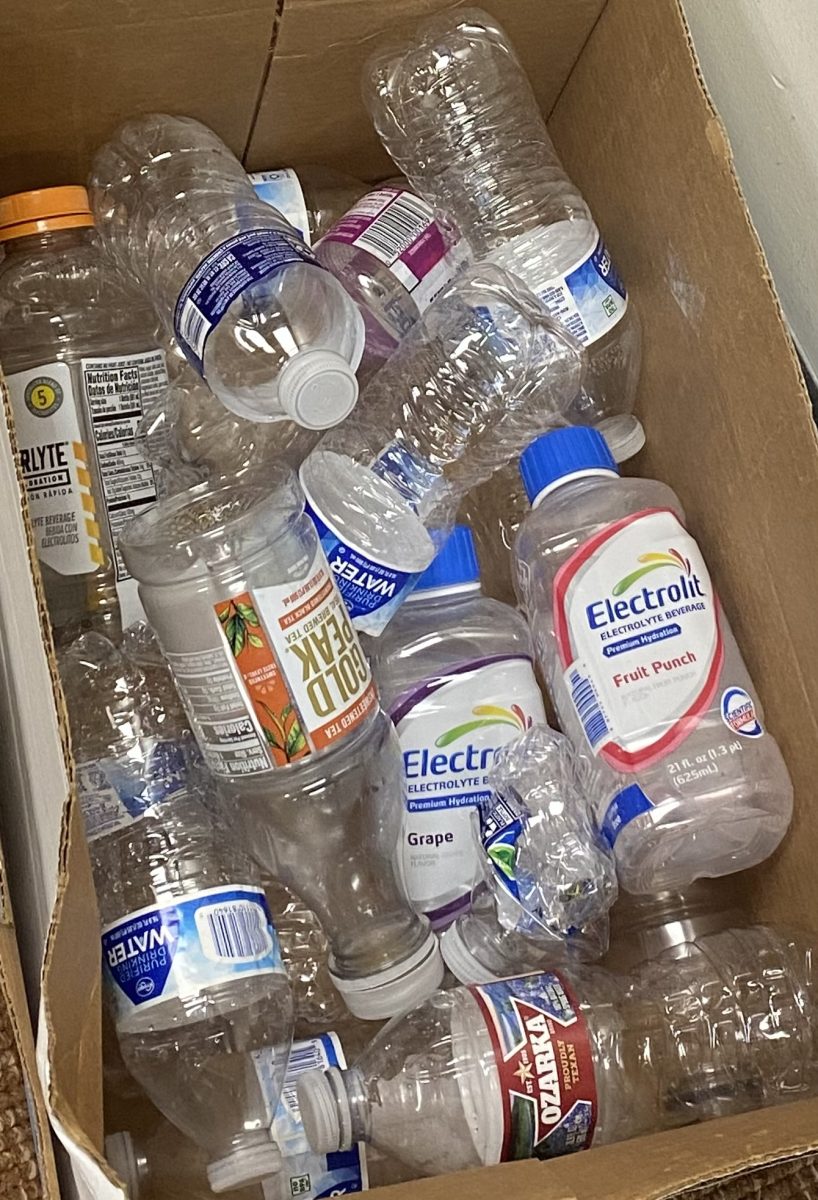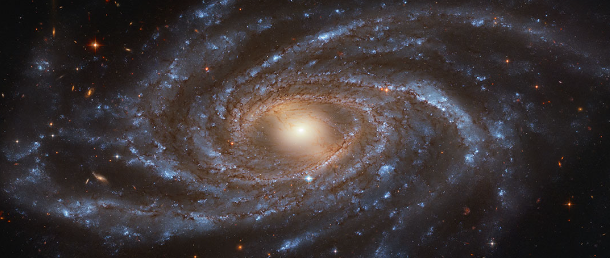Astronomical Events
June 3rd-4th, 2023 is when the Strawberry Moon will appear in the night sky around 10:30 pm. Named after ripening strawberries from the Native Americans, the Strawberry Moon is a pinkish-red color (like a strawberry) that brightens up the night sky. Other names for this full moon are Rose Moon, Hot Moon, and Mead Moon.
June 4th, 2023 is when Venus is at its greatest Elongation East. During its greatest elongation, Venus will be 47 degrees west of the sun. Due to its position, the planet will appear 50% lit. Venus is the second planet from the Sun, and the closest to Earth’s orbital path. It is a rocky planet with the same size, structure, and chemical composition as Earth. For this reason, Venus is often called Earth’s twin.
July 6th, 2023 is the Earth’s aphelion. This is when the Earth is farthest from the sun. It is one of the hottest times of the year for the western hemisphere on Earth. It is about 3,000,000 miles farther from the Sun than when at its perihelion in early January. This is the day when the Earth reaches the part of its orbit when it is closest to the Sun.
August 1st, 2023 is the Super Sturgeon Moon. This Full Moon night was used by Indigenous people to know when the greatest night for fishing would be. It is named after North America’s largest fish, the Sturgeon. Who knows, maybe if you go out to fish this night you might be the next Biggest Fish Catcher of the year.
Did you know that there are more stars in the universe than grains of sand on Earth? The universe extends far beyond our own galaxy, which is The Milky Way. Scientists estimate the universe contains approximately 1 septillion stars. While no one can actually count every single grain of sand on the earth, the estimated total from researchers from the University of Hawaii, there is somewhere around seven quintillion grains. Which is an awfully big sand castle!
August 12th-13th, 2023 is when the Perside Meteors will show up in the night sky. The Perseids are one of the brighter meteor showers of the year. They are made from tiny space debris from the comet Swift-Tuttle, the Perseids are named after the constellation Perseus. You can see 60 to 100 meteors in just an hour from watching from a dark place.
August 27th, 2023 is Saturn’s Opposition. This is when Earth is aligned between the Sun and Saturn. Saturn is the sixth planet from the center of the solar system which is our Sun. Like Jupiter, Saturn is a gas giant mostly made of hydrogen and helium. It is 84 percent the size of Jupiter in terms of diameter but only 30 percent as big in terms of mass.
September 23rd, 2023 is the September Equinox. There are two equinoxes every year, which are in September and one in March. The September equinox is the moment when the Sun crosses the celestial equator which is an imaginary line in the sky above Earth’s equator from north to south. This happens on September 22, 23, or 24 in most years.
October 8th, 2023 is the Draconids Meteor Shower. The Draconid meteor shower is also sometimes called the Giacobinids. This is one of the two meteor showers to annually show up in skies in the month of October. The Orionids is the second meteor shower in October. It usually peaks around October 21. The Draconids are named from the constellation Draco the Dragon. The meteor shower is created when the Earth passes through the dust debris left by comet 21P/Giacobini-Zinner. The comet takes about 6.6 years to make a single revolution around the Sun.
October 14th, 2023 is the Great American Eclipse (Annular Solar Eclipse). This annular eclipse is the second of three notable solar eclipses viewable from the USA. It follows the “Great American” total eclipse of August 2017. This also comes six months before the Mexico, USA, and Canada total eclipse in April 2024. The Sun forms a ring of fire around the Moon which is also visible along a narrow path that crosses the USA from Oregon to Texas.
Did you know Mars sunsets are blue? Sunsets on Mars, according to NASA, would appear bluish to human observers watching from the red planet. Fine dust makes the blue near the Sun’s part of the sky much more visible, while normal daylight makes the Red Planet’s familiar rusty dust color the most perceptible to the human eye. This happens because the atmosphere contains large dust particles. These particles cause Mie Scattering, which filters out the red light from the sun’s rays and only lets the blue reach our eyes. I know where I want to go on vacation!
October 23rd, 2023 is Venus at its greatest elongation west. Venus usually is easy to spot in our night sky. It’s the third brightest object in our night sky. It always appears near the Sun, generally just before sunrise or just after sunset. This results in the plane being called and known as the Morning Star or Evening Star.
November 3rd, 2023 is Jupiter’s Opposition. After the Sun, the Moon, and Venus, Jupiter is the fourth brightest object in the sky—although, occasionally, Mars can outshine it. When Jupiter is in opposition it is directly opposite from the Sun in our sky and is visible all night for us to look upon. At solar conjunction, the planet passes behind the Sun and cannot be seen from Earth for a few weeks. Jupiter reaches opposition around every 13 months.
December 22nd, 2023 is the December Solstice. This is also known as the Winter Solstice to many. Since the Northern Hemisphere is tilted away from the Sun in December it receives less sunlight during the day. At the solstice, the North Pole’s tilt away from the Sun is greatest. Which makes it the shortest day north of the equator and the longest day in the south.
Did you know there is a planet made of diamonds? This planet made of diamonds is twice the size of earth. The Super Earth, also known as 55 Cancri E, is mostly covered in graphite and diamonds. If you plan on trying to take a visit to this planet you would probably need around a $15 million space suit to be able to survive for just a day!
Sources: nasa.gov , space.com , thefactsite.com
Your donation will support the student journalists of Larned High School. Your contribution will allow us to purchase equipment and cover our annual website hosting costs.





















